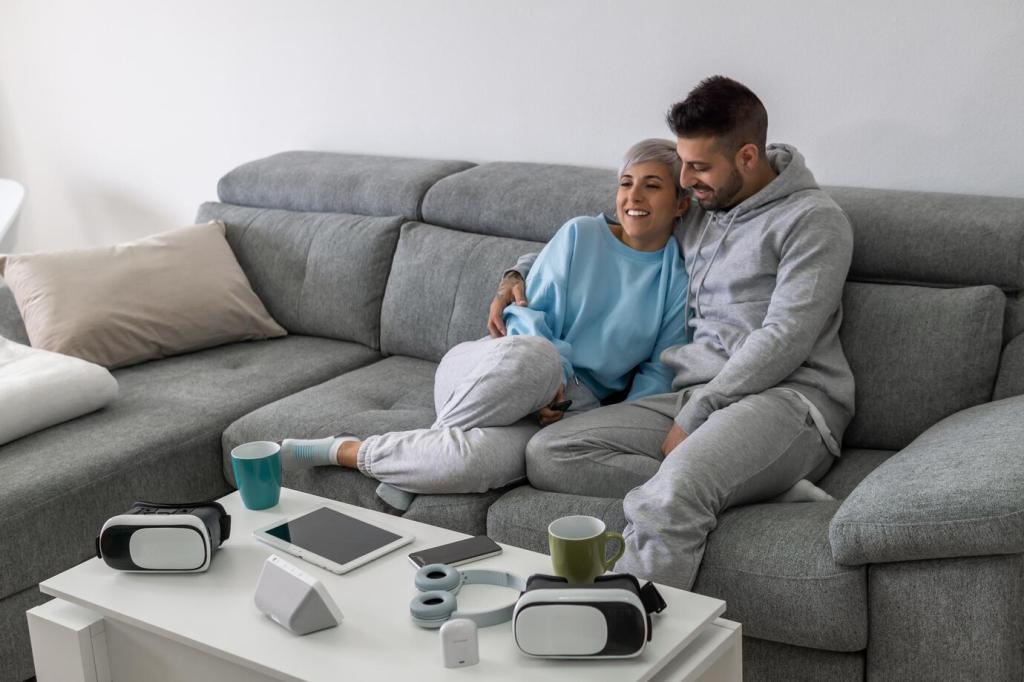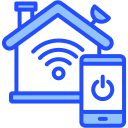The Future of Smart Home Automation
The future of smart home automation is set to redefine how we interact with our living environments. Driven by rapid technological innovation, advancements in artificial intelligence, and a growing demand for convenience, today’s smart homes will soon become even more intuitive, predictive, and interconnected. As devices, platforms, and systems evolve, our homes are being transformed into intelligent ecosystems that anticipate our needs, improve our comfort, and make our lives safer and more efficient. This forward-looking exploration delves into the many ways smart home automation is set to impact daily living, highlighting emerging trends, user experiences, energy management, and the crucial importance of security and privacy.

Integration of Artificial Intelligence
Adaptive learning environments harness AI algorithms to monitor the behaviors and preferences of household members over time. These systems can learn when rooms are typically occupied, what temperature people prefer at different times of day, and even when specific appliances are most frequently used. By analyzing this data, the smart home can automatically adjust its settings to provide an optimally comfortable and energy-efficient atmosphere. The adaptive nature ensures that the home’s responses grow more personalized and accurate with each passing day, leading to a more intuitive and harmonious living experience.

Unified Control Systems
One of the most critical innovations in smart home automation is the advent of unified control systems. These systems enable users to manage all connected devices—from appliances to entertainment systems—through a single app or platform, eliminating the confusion and inefficiency of juggling multiple interfaces. The trend is moving toward intuitive dashboards and even gesture or voice-controlled hubs that provide instant access to every aspect of home management. Unified control not only simplifies usage but also improves the user’s sense of agency and command within their own home environment.
Cross-Platform Integration
Cross-platform integration addresses the challenge of disparate devices operating on different software standards. The latest generation of smart home technologies is becoming increasingly open-source or compliant with universal protocols. This allows devices from various manufacturers to connect, share data, and work together to streamline workflows and improve overall home functionality. Such integration reduces friction and enhances the user experience, enabling homeowners to select the best devices suited to their needs regardless of brand. The result is a true ecosystem where innovation drives forward without the barriers of siloed platforms.
Sustainable and Energy-Efficient Solutions
Intelligent Energy Management
Modern smart homes incorporate intelligent energy management systems that monitor electricity usage in real-time, identifying inefficiencies and providing actionable insights. These systems can automatically adjust operation schedules for major appliances, turn off lights when rooms are unoccupied, and optimize heating or cooling according to user behavior. Over time, the cumulative savings from avoiding wasted energy can be substantial. Intelligent energy management doesn’t just benefit the individual homeowner—it contributes to a collective reduction in energy demand and a significant decrease in overall carbon emissions.
Automated Resource Allocation
Automated resource allocation is changing how households use water, electricity, and other utilities. Smart irrigation systems can assess weather forecasts and soil moisture levels, ensuring gardens get only the necessary amount of water. Similarly, home appliances are increasingly capable of determining the best times to run—for example, washing machines or dishwashers might operate at off-peak hours, taking advantage of lower energy rates. By fine-tuning resource distribution down to granular levels, these smart systems help to conserve resources and reduce waste on an ongoing basis.
Integration of Renewable Energy
The next generation of smart homes is characterized by an increasing presence of renewable energy sources such as solar panels and wind turbines. Advanced automation platforms are now able to seamlessly integrate these energy sources, monitoring production and consumption, and storing excess power for later use. This intelligent orchestration allows homeowners not only to reduce reliance on traditional power grids but also to contribute energy back to the system, creating the possibility for energy-neutral or even positive homes. The widespread adoption of these integrations paves the way for a more resilient and environmentally conscious housing landscape.
